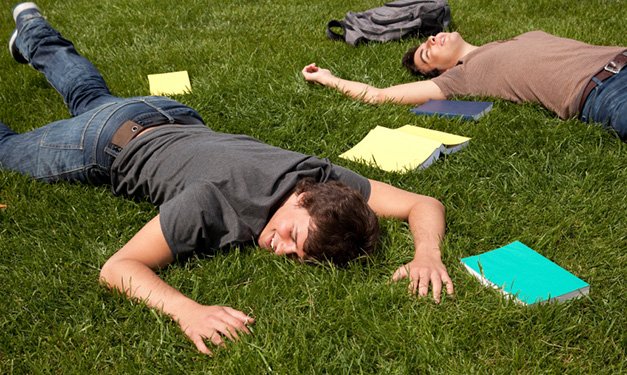New evidence proves that “senioritis” is actual disease
Second semester marks the time of year when high school seniors begin to contract senioritis, a sickness characterized predominantly by laziness, excessive wear of Lululemon, lack of studying, lack of attendance and a shift in attitude, according to the Center for Disease Control and Prevention. The only known cure for the detrimental disease is graduation. Although seniors are near their graduation date, the sickness only increases in intensity throughout the spring.
“Senioritis is simply not a joke,” said Pediatrician Dr. John Smith. “This detrimental disease is brainwashing students everywhere. Approximately 89 percent of high school seniors were diagnosed in 2014, and the percentages are only increasing.”
Contrary to common thought, senioritis does not exclusively affect seniors during their second semester. Senioritis can spread to lowerclassmen, making them follow in the ways of their upperclassmen peers. Concern is stirring among parents across the nation, as many fear that senioritis will have detrimental effects on their children’s path to college. High school has been known to put a profuse amount of strain on young adults, as recent studies show that senioritis may be more prevalent in areas where education is easily accessible, like Calabasas.
“Although I am affected now, I hope that senioritis is only temporary and with the help of my friends and family, I will get through it,” said senior Jordan Meppen.
If you know about someone struggling from senioritis, there is a way to get help. SA, or Senioritis Anonymous, meets daily, in Santa Monica, where students can tan, relax and circle around a bonfire, preparing for their upcoming graduation.
Your donation will support the student journalists of Calabasas High School. Your contribution will allow us to purchase equipment and cover our annual website hosting costs.






